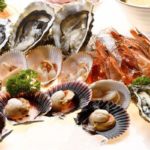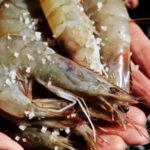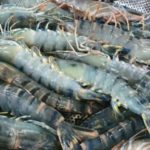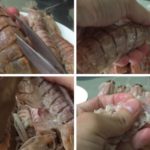Shrimp is a seafood with high nutritional content, containing many vitamins and minerals. Many people enjoy eating the head of shrimp because they believe it contains a lot of shrimp paste. Many others discard the head because they believe it is a part that contains waste material, which is not good for health. The black part on the shrimp head, whether it contains shrimp paste or waste, has always been a controversial question, and to end that, we need the role of an expert as the “referee”.
Does the black part on the shrimp head contain shrimp paste or waste?
In response to Bao Phap Luat TP.HCM, Associate Professor Dr. Nguyen Duy Thinh, former lecturer of the Institute of Biotechnology and Food Technology, said: The structure of a shrimp’s body consists of 2 main parts: The head and the body. The shrimp head is a hollow chamber with a hard shell, containing important components such as the nervous system, digestive system, excretory system, and respiratory system.
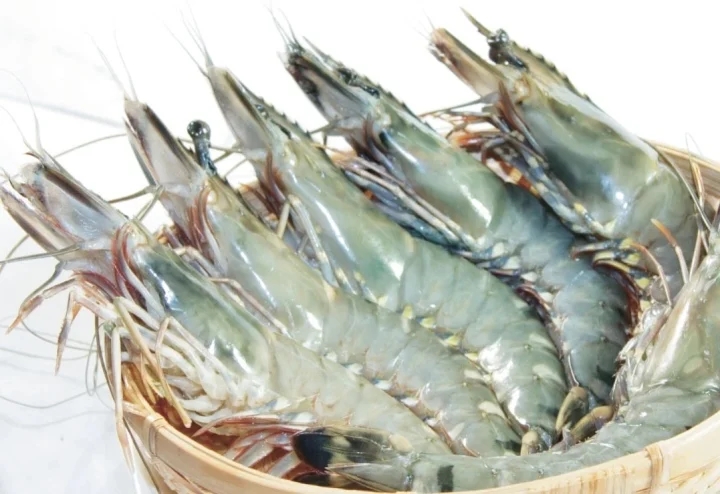
Does the black part on the shrimp head contain shrimp paste or waste?
The digestive system of a shrimp consists of 2 parts: The stomach and the intestines. The shrimp’s stomach is located right inside the head chamber, where food is stored when the shrimp is foraging. Shrimp are omnivorous animals, and their diet is quite diverse, including insects, algae, larvae of parasites (worms), carcasses of animals, and decaying plants.
Therefore, the shrimp’s stomach contains many contaminants, parasite eggs, and harmful microorganisms to human health. Therefore, it is necessary to remove the stomach when eating shrimp.
The second part of the digestive system is the intestine – a small tube running along the upper back. After digestion in the stomach, the food will be pushed along the intestine, and waste will be excreted at the opening of the intestine. When preparing shrimp, you need to remove this part of the intestine to eliminate shrimp waste.
With the question of whether the black part on the shrimp head contains shrimp paste or waste, you probably already have the answer. The shrimp head does not contain waste, but you should not eat the entire head, but rather remove the shrimp’s stomach, where dirt and pathogens are present. The shrimp’s stomach is black, so it is easy to identify and can be easily separated during the cleaning process before cooking.
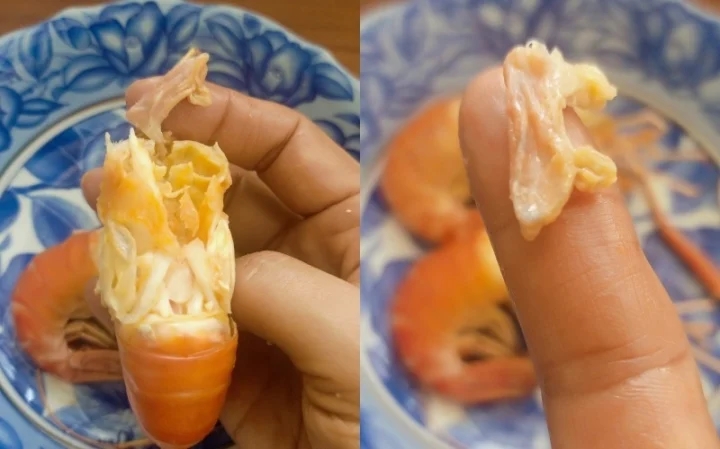 The waste of the shrimp is located on the shrimp head and is neatly contained in a small bag like an appendage connected to the shrimp’s intestine (the black part on the shrimp’s back runs down to the tail).
The waste of the shrimp is located on the shrimp head and is neatly contained in a small bag like an appendage connected to the shrimp’s intestine (the black part on the shrimp’s back runs down to the tail).
Do not throw away the shrimp roe, as it contains a valuable part, which is the shrimp paste. Shrimp paste is highly nutritious and delicious, with a creamy texture, rich flavor, and unique aroma. The shrimp paste is located right next to the head shell, alongside the stomach. When it is uncooked, the shrimp paste is quite liquid, with a dark gray color, but when it is cooked, it solidifies and becomes a reddish-brown color.
If you remove the stomach without cutting off the shrimp’s head, it will be wasteful. The amount of meat in the shrimp head may not be as much as in the body, but it is still significant, accounting for 25% – 30% of the shrimp head’s weight. To remove the stomach while still preserving the shrimp paste and meat, you should skillfully peel one side of the shrimp head, remove the stomach, and then place it back as before to preserve the complete shrimp with both the head and body, both beautiful and nutritious.
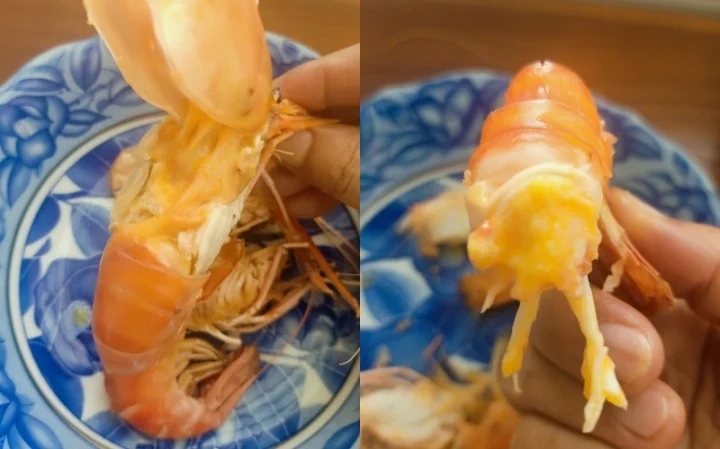
The shrimp head contains shrimp paste, which is highly nutritious and delicious.
However, this method can only be applied to large shrimp. For small shrimp, you should leave the head intact with the body for cooking, and only remove the stomach from the head and remove the intestines from the upper back of the shrimp’s body when eating, to avoid ingesting the contaminants present in its digestive system.
According to VTC.vn
How to Choose Fresh Seafood: Important Cabinet Tips
In recent years, concerns have been raised over the practice of injecting urea and chemicals into seafood, making it difficult to find safe and fresh options. To help, DienmayXANH.com offers some tips on how to select the best seafood available. Seafood is a rich, delicious, and nutritious source of food, and this advice will help ensure you make the most of it.

























